TMQ Rubbers: Properties and Applications
19/01/2024
TMQ rubbers is a type of rubber that has been used in various industries for decades. It is a type of synthetic rubber that is made by combining different chemicals and materials. TMQ rubbers is known for its excellent properties such as high temperature resistance, low compression set, and good resistance to aging and weathering.
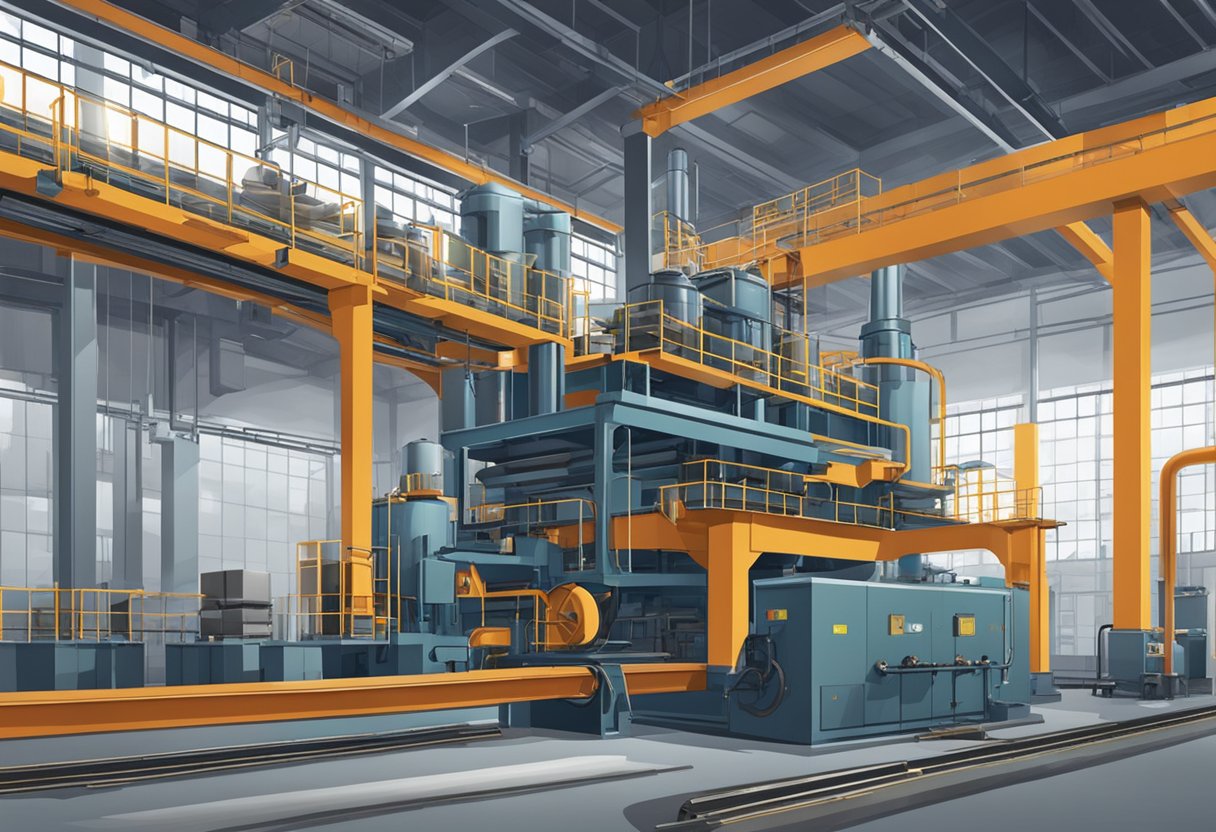
One of the key advantages of TMQ rubbers is its high temperature resistance. This makes it an ideal material for use in high-temperature applications such as automotive parts, industrial belts, and hoses. TMQ rubber can withstand temperatures up to 150°C without degrading or losing its properties, making it a reliable choice for many industries.
Another advantage of TMQ rubbers is its low compression set. This means that the rubber can maintain its shape and properties even after being compressed for a long time. This makes it a popular choice for use in seals, gaskets, and other applications where compression is a concern. Overall, TMQ rubbers is a versatile material that has a wide range of applications across many industries.
TMQ Rubber Overview
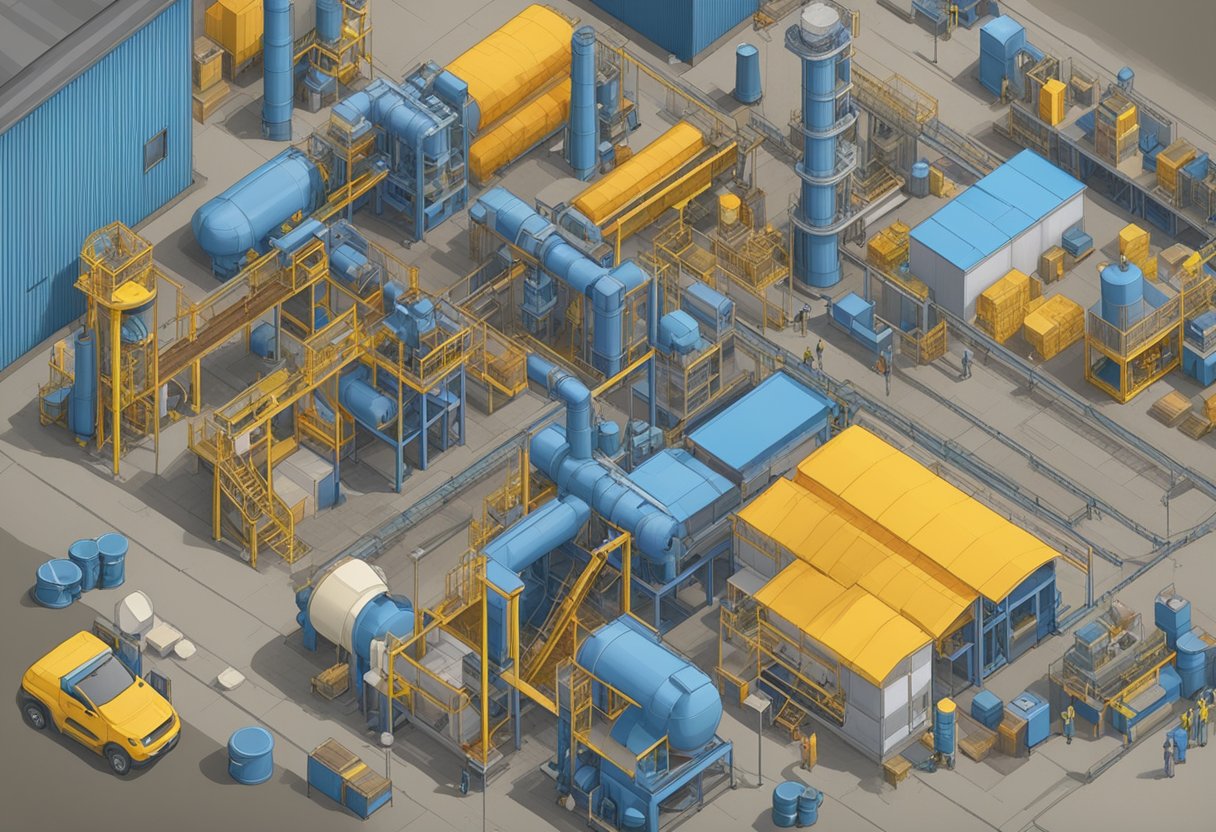
TMQ rubbers, also known as antioxidant RD, is a type of synthetic rubber that is widely used in the rubber industry. It is a polymerized product of 2,2,4-trimethyl-1,2-dihydroquinoline, which is a compound that provides excellent antioxidant properties to the rubber.
TMQ rubbers is primarily used as an antioxidant in the production of tires, rubber hoses, belts, and other rubber products. It helps to prevent the oxidation of the rubber, which can lead to cracking, hardening, and other forms of deterioration. This makes TMQ rubbers essential component in the production of high-quality rubber products that are designed to last.
One of the key benefits of TMQ rubbers is its excellent heat resistance. It can withstand high temperatures without losing its antioxidant properties, making it ideal for use in applications where the rubber will be exposed to heat, such as in the production of tires for high-performance vehicles.
TMQ rubbers is also known for its low toxicity and environmental friendliness. It does not contain any heavy metals or other harmful substances, making it a safe and sustainable option for use in the rubber industry.
In summary, TMQ rubbersis a versatile and essential component in the production of high-quality rubber products. Its excellent antioxidant properties, heat resistance, and low toxicity make it a popular choice for manufacturers around the world.
Chemical Composition of TMQ Rubber
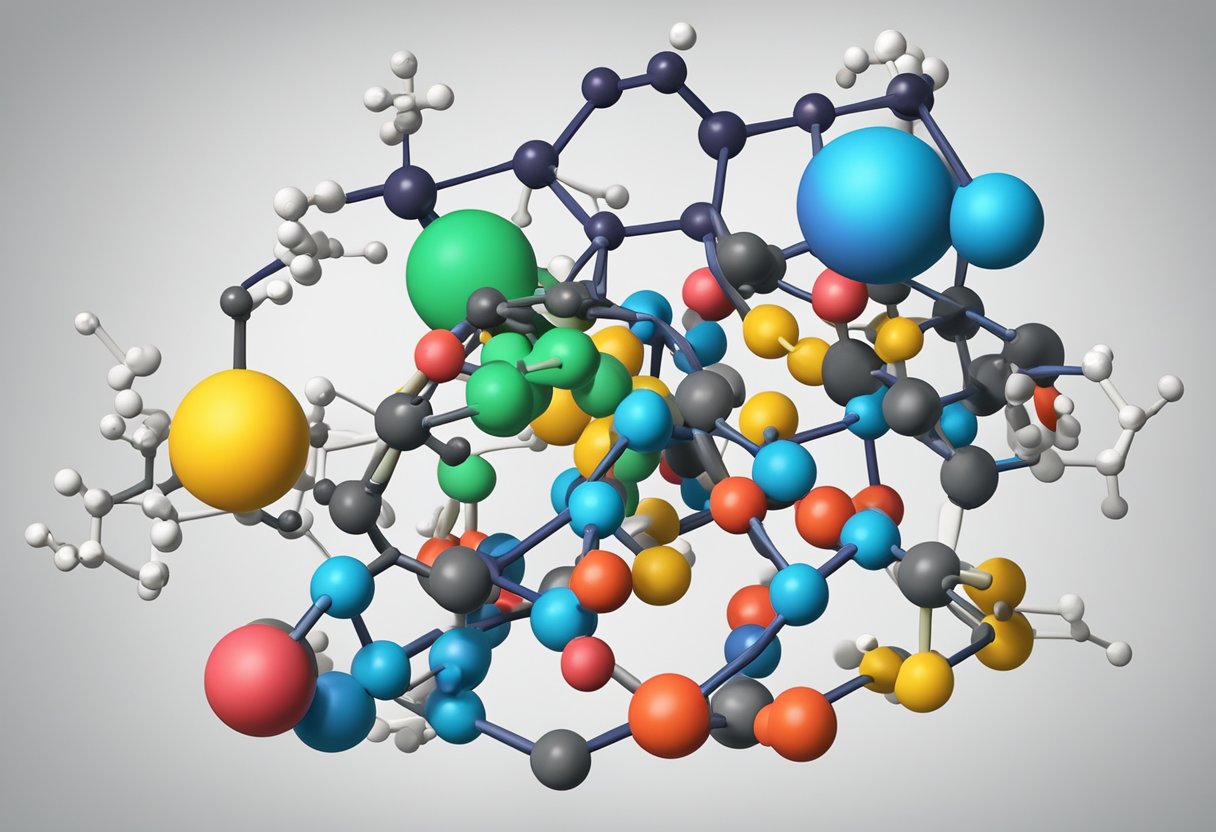
Monomer Structures
TMQ rubber, also known as poly(1,2-dihydro-2,2,4-trimethylquinoline), is a polymer derived from the monomer 2,2,4-trimethyl-1,2-dihydroquinoline (TMQ). The monomer structure of TMQ consists of a quinoline ring with two methyl groups and a tertiary amine group attached to it. This structure gives TMQ rubber its unique properties, such as its antioxidant and antiozonant capabilities.
Polymerization Process
The polymerization process of TMQ rubber involves the reaction of TMQ monomers with sulfur. The sulfur acts as a crosslinking agent, forming a three-dimensional network of polymer chains. The resulting polymer is a highly branched, crosslinked structure with a high degree of molecular weight.
During the polymerization process, various additives can be incorporated into the TMQ rubber to modify its properties. For example, accelerators can be added to speed up the reaction, while activators can be added to increase the efficiency of the crosslinking process. Additionally, fillers can be added to improve the mechanical properties of the rubber.
Overall, the chemical composition of TMQ rubber is characterized by its unique monomer structure and crosslinked polymer network. These properties give TMQ rubber its valuable properties as an antioxidant and antiozonant material in various applications.
Properties of TMQ Rubber
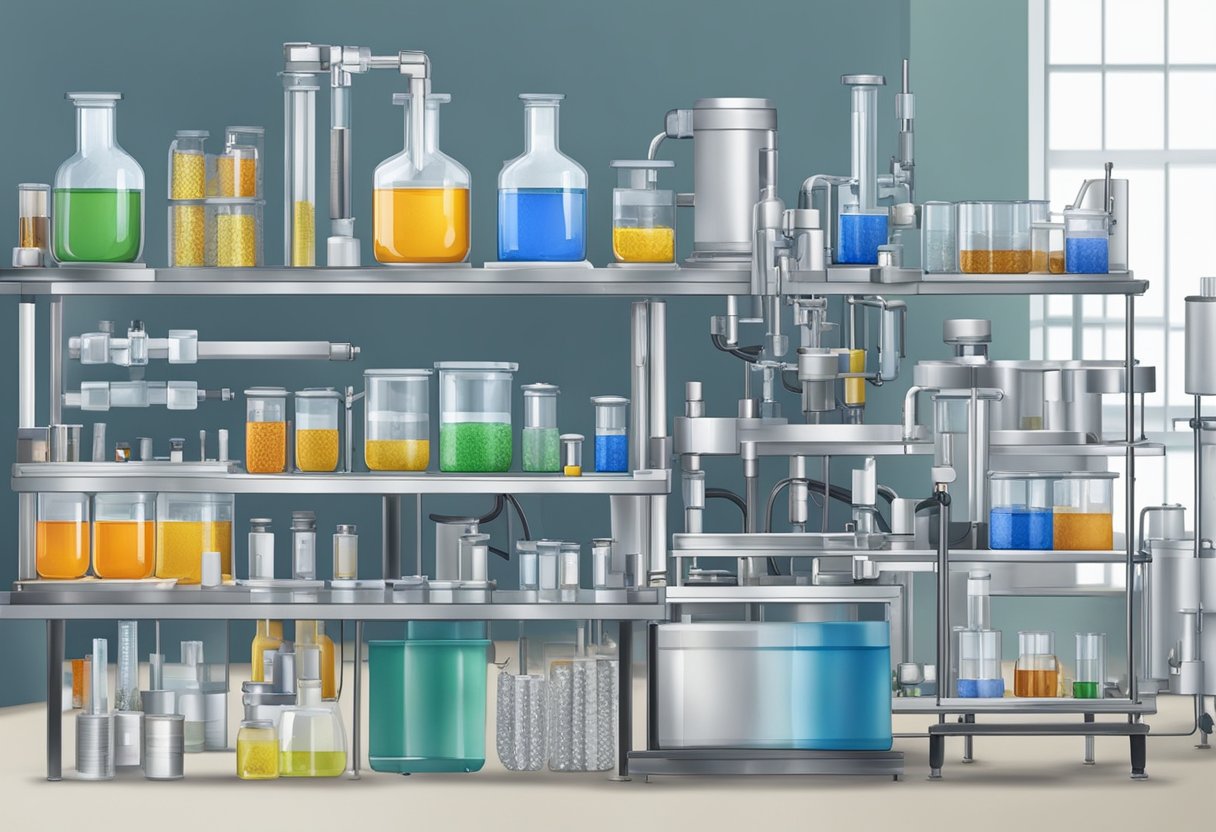
Physical Properties
TMQ rubber, also known as polymerized 2,2,4-trimethyl-1,2-dihydroquinoline, is a synthetic rubber antioxidant with a molecular weight of 173.25 g/mol. It is a brownish-yellow powder that is soluble in most organic solvents. TMQ rubber has a melting point of 80-100°C and a boiling point of 267°C. It has a density of 1.05 g/cm³ and a refractive index of 1.56.
In terms of mechanical properties, TMQ rubber has good elasticity and is resistant to tearing, abrasion, and compression. It also has a low compression set and high resilience, making it suitable for use in a variety of applications.
Chemical Resistance
TMQ rubber is highly resistant to oxidation and is commonly used as an antioxidant in rubber products. It is also resistant to heat, water, and chemicals such as acids and alkalis. However, it may be affected by strong oxidizing agents and should not be used with products containing chlorine or sulfur.
TMQ rubber is compatible with a wide range of rubbers, including natural rubber, synthetic rubber, and blends of the two. It can be used as a stabilizer in rubber products such as tires, hoses, and seals to improve their durability and resistance to weathering.
Overall, TMQ rubber is a versatile and reliable material with excellent physical and chemical properties. Its resistance to oxidation and compatibility with various rubbers make it a popular choice for use in the rubber industry.
Manufacturing Process of TMQ Rubber
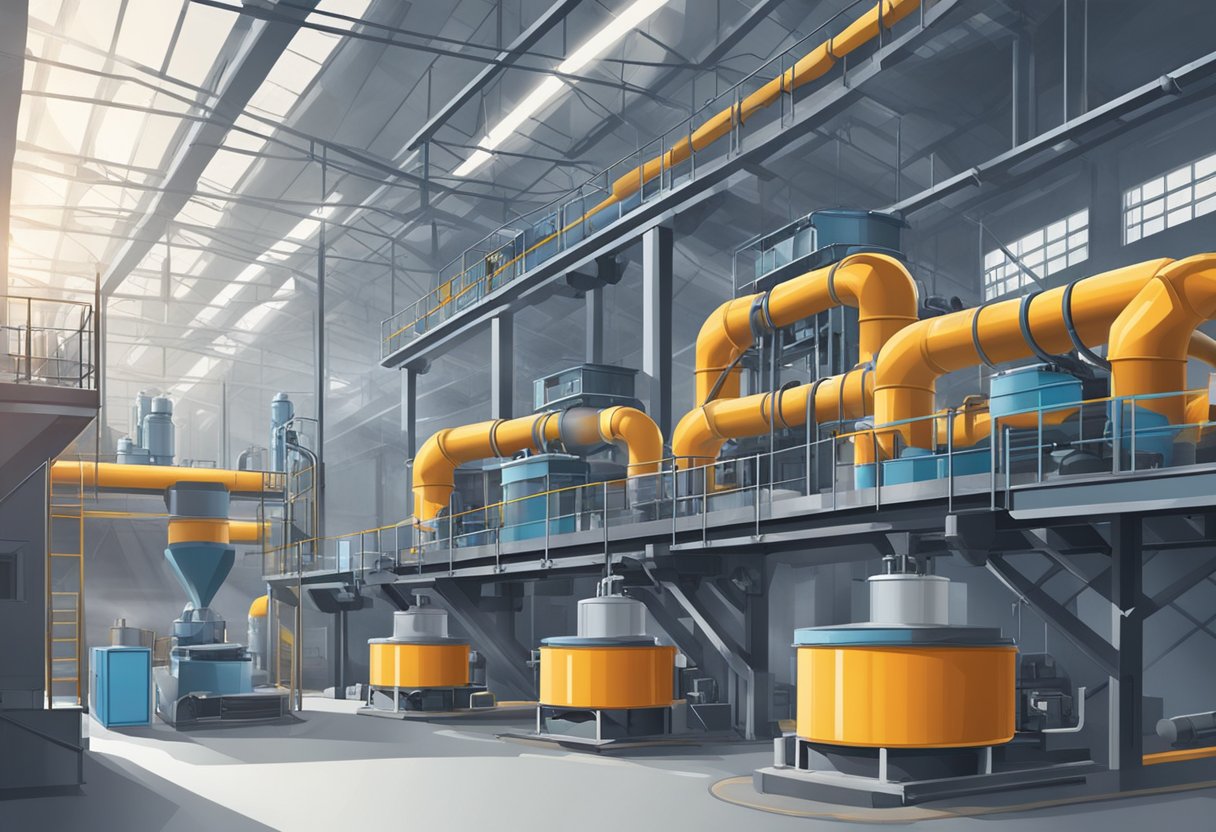
TMQ rubber is a type of rubber antioxidant that is widely used in the rubber industry. The manufacturing process of TMQ rubber involves several steps that are crucial for the quality of the final product.
The first step in the manufacturing process of TMQ rubber is the preparation of the raw materials. The main raw materials used in the production of TMQ rubber are p-phenylenediamine and 2,2,4-trimethyl-1,2-dihydroquinoline. These raw materials are carefully selected and tested to ensure their quality and purity.
Once the raw materials are prepared, they are mixed together in a reactor vessel along with a solvent. The mixture is then heated and stirred for several hours to form a homogeneous solution. This process is known as the condensation reaction and it results in the formation of a dark brown liquid.
The next step in the manufacturing process of TMQ rubber is the purification of the liquid. The liquid is first filtered to remove any impurities and then it is subjected to a series of distillation processes to remove the solvent and other by-products. The purified liquid is then cooled and solidified to form a dark brown solid.
The final step in the manufacturing process of TMQ rubber is the packaging and storage of the final product. The solid TMQ rubber is packed in airtight containers and stored in a cool, dry place to prevent degradation and maintain its quality.
Overall, the manufacturing process of TMQ rubber is a complex and carefully controlled process that requires expertise and attention to detail. The quality of the final product depends on the quality of the raw materials, the accuracy of the mixing and distillation processes, and the proper storage and handling of the final product.
Applications of TMQ Rubber
Automotive Industry
TMQ rubber is widely used in the automotive industry due to its excellent heat resistance, anti-aging properties, and ability to resist cracking and deformation. It is commonly used in the production of tires, hoses, belts, and other automotive rubber products. TMQ rubber helps to improve the durability and performance of these products, ensuring that they can withstand the harsh conditions of daily use.
In addition, TMQ rubber is used in the manufacturing of automotive seals and gaskets. These components are essential for preventing leaks and maintaining the integrity of the vehicle’s engine and other systems. TMQ rubber’s resistance to heat and oxidation makes it an ideal material for these applications.
Industrial Uses
TMQ rubber is also used in a variety of industrial applications. It is commonly used as a stabilizer in the production of polyethylene and polypropylene plastics. TMQ rubber helps to improve the stability and durability of these materials, making them more resistant to degradation over time.
In addition, TMQ rubber is used in the production of various industrial rubber products, such as conveyor belts, hoses, and seals. Its heat resistance and anti-aging properties make it an ideal material for these applications, ensuring that the products can withstand the harsh conditions of industrial use.
Overall, TMQ rubber is a versatile material that is used in a wide range of applications. Its excellent heat resistance, anti-aging properties, and ability to resist cracking and deformation make it an ideal material for use in the automotive and industrial sectors.
Quality and Standards
TMQ rubber is a high-quality synthetic rubber that is widely used in various industrial applications. The manufacturing process of TMQ rubber involves strict quality control measures to ensure that the final product meets the required standards.
One of the key quality control measures used in the production of TMQ rubber is the use of high-quality raw materials. The raw materials used in the production of TMQ rubber are carefully selected and tested to ensure that they meet the required standards. This helps to ensure that the final product is of high quality and meets the required specifications.
Another quality control measure used in the production of TMQ rubber is the use of advanced manufacturing processes. The manufacturing process used in the production of TMQ rubber is designed to ensure that the final product is of high quality and meets the required standards. This includes the use of advanced equipment and technology, as well as strict quality control procedures.
In addition to the quality control measures used in the production of TMQ rubber, there are also various standards that the final product must meet. These standards are set by various organizations and regulatory bodies, and are designed to ensure that the final product is safe, reliable, and of high quality.
Overall, the quality and standards of TMQ rubber are of the highest level, making it a popular choice for various industrial applications. With strict quality control measures and adherence to various standards, TMQ rubber is a reliable and high-quality synthetic rubber that can be used in a wide range of applications.
Environmental Impact and Sustainability
TMQ rubber is a synthetic rubber that has gained popularity in recent years due to its excellent performance and durability. However, like all synthetic materials, TMQ rubber has an impact on the environment.
The production of TMQ rubber requires the use of various chemicals, some of which can be harmful to the environment. However, the manufacturing process has improved over the years, and many manufacturers now use more sustainable production methods that reduce the environmental impact.
In terms of sustainability, TMQ rubber has a long lifespan and can withstand harsh conditions, making it an attractive option for products that require durability. Additionally, TMQ rubber is recyclable, which helps to reduce waste and conserve resources.
Overall, while the production of TMQ rubber has some environmental impact, the use of sustainable production methods and the material’s durability and recyclability make it a viable option for a range of products.
Storage and Handling of TMQ Rubber
TMQ rubber is a valuable product that requires proper storage and handling to maintain its quality and effectiveness. Here are some important considerations to keep in mind when storing and handling TMQ rubber:
Storage
TMQ rubber should be stored in a cool, dry place away from direct sunlight, heat, and moisture. Exposure to these elements can cause the rubber to degrade and lose its effectiveness. It is also important to store TMQ rubber away from any sources of ignition, as it is flammable.
When storing TMQ rubber, it should be kept in its original packaging or in a sealed container to prevent contamination. If the rubber is exposed to air or other contaminants, it can become contaminated and lose its effectiveness.
Handling
When handling TMQ rubber, it is important to wear appropriate personal protective equipment, such as gloves and eye protection. This is especially important when handling large quantities of the rubber.
TMQ rubber should be handled with care to prevent damage to the material. It should not be dropped, dragged, or thrown, as this can cause the rubber to become contaminated or damaged.
If TMQ rubber becomes contaminated or damaged, it should be disposed of properly and not used. It is important to follow all local regulations and guidelines when disposing of TMQ rubber.
By following these guidelines for storage and handling, TMQ rubber can maintain its quality and effectiveness, ensuring that it can be used for its intended purpose.
Market Trends and Demand
TMQ rubber is a widely used material in various industries, including automotive, aerospace, and construction. The demand for TMQ rubber has been increasing steadily over the years, and it is expected to continue to grow in the future.
One of the main drivers of the market growth is the increasing demand for high-performance tires. TMQ rubber is used to enhance the durability and performance of tires, making them more resistant to wear and tear. With the growing demand for high-performance tires, the demand for TMQ rubber is also increasing.
Another factor contributing to the growth of the TMQ rubber market is the increasing demand for rubber in the construction industry. TMQ rubber is used in the production of various construction materials, including roofing, flooring, and insulation. The growing construction industry, particularly in emerging economies, is expected to drive the demand for TMQ rubber in the coming years.
Moreover, the increasing focus on sustainability and eco-friendliness is also driving the demand for TMQ rubber. TMQ rubber is a sustainable and eco-friendly material, which makes it an attractive option for various industries. With the growing awareness about sustainability and environmental concerns, the demand for TMQ rubber is expected to increase further.
In summary, the demand for TMQ rubber is expected to grow in the coming years, driven by the increasing demand for high-performance tires, the growing construction industry, and the focus on sustainability and eco-friendliness.
Regulations and Compliance
TMQ rubber is subject to various regulations and compliance requirements. These regulations are in place to ensure that the rubber is safe for use and meets certain quality standards.
One important regulation is the European Union’s REACH regulation, which stands for Registration, Evaluation, Authorization, and Restriction of Chemicals. This regulation requires manufacturers to register all substances produced in or imported into the EU in quantities of one tonne or more per year. TMQ rubber is subject to this regulation, as it contains chemicals that are produced in quantities of one tonne or more per year.
In addition to REACH, there are also regulations in place in various countries regarding the use of TMQ rubber in specific applications. For example, in the United States, the Food and Drug Administration (FDA) regulates the use of TMQ rubber in food contact applications. The FDA has specific requirements for the types of chemicals that can be used in food contact materials, and TMQ rubber must meet these requirements in order to be used in food contact applications.
To ensure compliance with these regulations, manufacturers of TMQ rubber must conduct regular testing and analysis of their products. This includes testing for the presence of any restricted or prohibited substances, as well as testing for quality and performance characteristics. Manufacturers must also maintain detailed records of their testing and analysis, and must be able to provide these records to regulatory authorities upon request.
Overall, the regulations and compliance requirements for TMQ rubber are designed to ensure that the rubber is safe and of high quality. Manufacturers must take these requirements seriously and must be diligent in their efforts to comply with them.
Future Prospects in TMQ Rubber Technology
TMQ rubber has been widely used in the rubber industry due to its excellent anti-aging properties. As the demand for high-performance rubber products increases, the future prospects for TMQ rubber technology are promising.
One of the key advantages of TMQ rubber is its ability to improve the durability and lifespan of rubber products. This is particularly important in applications where rubber products are exposed to harsh environments or extreme temperatures. As such, there is a growing demand for TMQ rubber in the automotive, aerospace, and construction industries.
Another area of potential growth for TMQ rubber is in the production of tires. The use of TMQ rubber in tire manufacturing has been shown to improve the overall performance and safety of tires. This is due to its ability to enhance the resilience and resistance of the rubber, which results in better grip and handling on the road.
In addition, the development of new manufacturing processes and technologies is expected to further enhance the properties of TMQ rubber. For example, the use of nanotechnology in the production of TMQ rubber is expected to improve its strength and resistance to wear and tear.
Overall, the future prospects for TMQ rubbers technology are bright. With its excellent anti-aging properties and growing demand in various industries, TMQ rubber is poised to play an increasingly important role in the production of high-performance rubber products.
Frequently Asked Questions
What are the primary applications of TMQ in the rubber industry?
TMQ (2,2,4-trimethyl-1,2-dihydroquinoline) is a widely used rubber antioxidant that is primarily used in the production of tires, rubber hoses, and other rubber products. It is known for its ability to improve the aging resistance, heat resistance, and fatigue resistance of rubber materials.
How does TMQ function as an antioxidant in rubber products?
TMQ functions as an antioxidant in rubber products by inhibiting the oxidation of rubber molecules. It does this by reacting with free radicals and other reactive species that are generated during the oxidation process. This reaction prevents the formation of new free radicals and stops the oxidation process from continuing.
What is the chemical structure of 2,2,4-trimethyl-1,2-dihydroquinoline?
The chemical structure of 2,2,4-trimethyl-1,2-dihydroquinoline (TMQ) is C12H15N. It is a bicyclic compound that consists of a quinoline ring and a cyclohexene ring. The molecule has two methyl groups and one hydrogen atom attached to the quinoline ring, and one methyl group attached to the cyclohexene ring.
In what ways is 6PPD similar to or different from TMQ as a rubbers antioxidant?
6PPD (N-(1,3-dimethylbutyl)-N’-phenyl-p-phenylenediamine) is another widely used rubber antioxidant that is similar to TMQ in many ways. Both compounds are effective at inhibiting the oxidation of rubber molecules, and both are used to improve the aging resistance, heat resistance, and fatigue resistance of rubber materials. However, 6PPD is more effective at protecting against ozone cracking, while TMQ is more effective at protecting against thermal degradation.
What role do antioxidants play in enhancing the performance of rubber materials?
Antioxidants play a critical role in enhancing the performance of rubber materials by protecting them from degradation caused by exposure to oxygen, heat, and other environmental factors. By inhibiting the oxidation of rubber molecules, antioxidants can improve the aging resistance, heat resistance, and fatigue resistance of rubber materials, and extend their useful life.
Can you provide the CAS number for TMQ used in the rubber industry?
The CAS number for TMQ used in the rubber industry is 26780-96-1.




